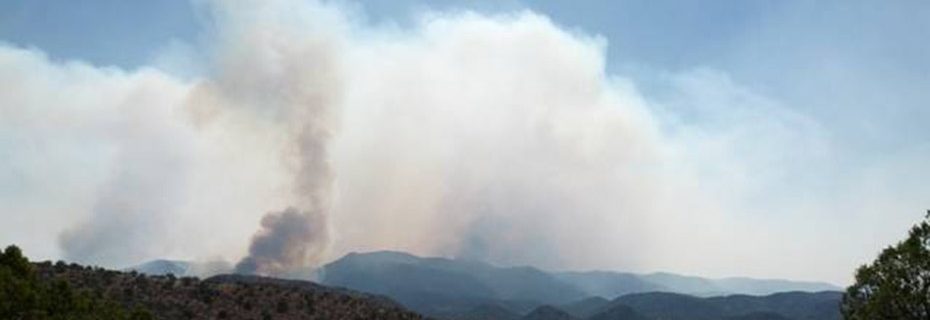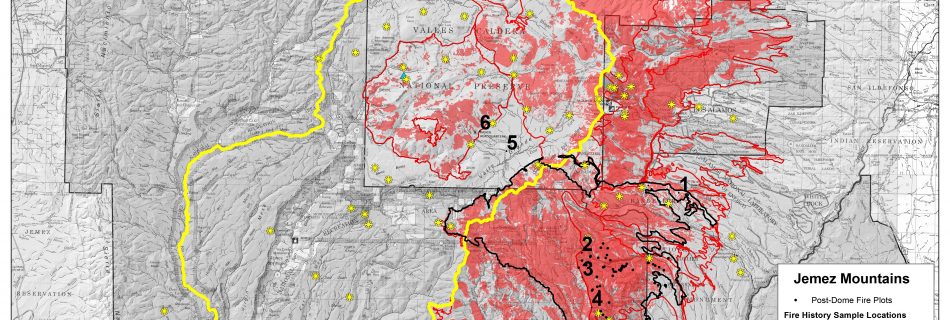January 20, 2016: Biophysical Settings Review: What it is. How it works. Why it matters
Date: Wednesday January 20, 2016 12pm Mountain Presenter: Randy Swaty, The Nature Conservancy LANDFIRE Team All ecosystems are dynamic, changing due to growth, succession and disturbances. Modeling large landscapes in the United States requires the collective knowledge of experienced and knowledgeable vegetation and fire experts. In collaboration with hundreds of colleagues, LANDFIRE produced more than 1,000 state-and-transitions …
Read more “January 20, 2016: Biophysical Settings Review: What it is. How it works. Why it matters”


